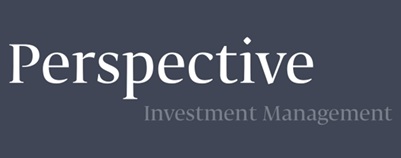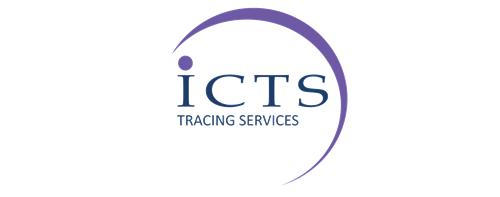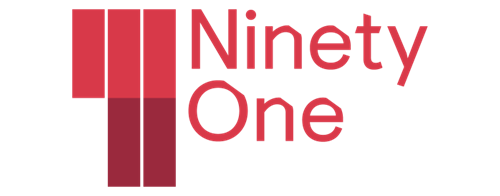Haroon Bhorat, Chair: Investment Committee at Sygnia
While it is always difficult to predict policy proclamations and their timing, particularly from National Treasury, the South African Reserve Bank (SARB) seems likely to get its narrower inflation[1]target band. The current inflation-target regime was introduced some 20 years ago when the late Tito Mboweni was SARB governor. The range was set at 3–6% then and has remained South Africa’s price anchor ever since. In 2003, Mboweni announced his intention to narrow the range to 3–5%, but rand and price volatility meant that then Minister of Finance Trevor Manuel held it at the more forgiving 3–6% range.
Some 20 years later, the SARB is again ramping up pressure for a narrower inflation-target range. This time, however, the range is appreciably stricter: proposing a point target estimate of 3%, the SARB governor noted that the current range is “now rather dated, reducing our competitiveness and opportunity” and hinders a defence of the currency. This proposal is not only lower than the current range midpoint but is much stricter in that it enforces a single price growth estimate for anchoring inflationary expectations. This would be much harder to achieve!
Part of the SARB’s reasoning is that we have drifted away from price discipline relative to other emerging markets. In the previous two[1]decade period of global low inflation, most emerging markets with inflation-targeting regimes reported narrower and lower ranges (see chart). Mexico’s range is now 2–4%, as is that of Chile, Colombia, Philippines and Hungary. Peru is much stricter, with a 1–3% range, while Brazil, despite having a range as wide as South Africa’s, is lower at 1.5–4.5%. The case for a lower range or point estimate is thus compelling purely on the basis of country comparisons.
As the proposed target is stricter, we should consider how well we performed with the wider target. The evidence here is less persuasive than I expected! The data show that while, on average, we stayed within the range, our mean and median inflation rate over the 2000–2024 period were 5.5% and 5.3% respectively – just squeaking into the upper end of the range. However, these data do not capture the decline in price volatility in the post-2000 period, which caused the standard deviation of inflation over this period to drop significantly. This is key to an inflation-targeting regime, as it shows that households’ and firms’ expectations around inflation have become “anchored” around a narrower range. The 3% proposal is ultimately an attempt to shift economic actors’ expectations around prices down to this new, much lower level.

The most obvious explanation for this incessant push for a lower inflation target is that lower prices or less inflation are better for households and firms. Inflation intrinsically means that the price of goods and services increase unpredictably over time, causing poorer households to suffer, as their disposable income effectively declines over time across a range of goods and critical services. Likewise, firms with rising input costs are domestically and globally less competitive (through an appreciating currency) and may induce extreme cost-cutting measures that affect their growth prospects. So-called “menu costs” or indexed costs such as wage adjustments, annual service price increases (such as insurance premiums or retirement annuity contributions) all rise and accumulate over time as prices embed themselves in the economy. And so the spiral of higher prices and lower growth, reduced consumption and investment begins. Stable low inflation is regarded as one of the magic ingredients for an improved economic growth outlook – the SARB model, for example, shows GDP growth rising by 0.25% after five years and around 0.4% after a decade with a 3% target. Likewise, consumption and investment growth are projected to increase by between 0.5 and 0.67 percentage points after a decade.
However, a lower inflation rate offers significant fiscal advantages – particularly compelling given South Africa’s current high levels of debt-to-GDP ratios and exorbitant debt servicing costs. Lenders (mainly domestic banks) demand a real return plus compensation for expected inflation: if inflation expectations fall, the nominal interest rate on new bonds and roll-overs also falls, and government would thus pay less on its current and outstanding debt. A lower inflation risk premium is also built into long-dated bond premiums (although country risk and fiscal risk may remain). Furthermore, should these lower debt servicing costs be coupled with higher GDP growth, the pressure on the fiscus will be reduced as growth exceeds debt servicing costs. These results are consistent with the SARB model and are highly compelling.
Given all these advantages, why have we not moved sooner to the 3% target? Firstly, there are significant negative short-term costs to be aware of: the SARB itself models a reduction in GDP growth of 0.3 percentage points. Coupled with looming tariff threats from the USA, our already anaemic growth rates could halve in the short term. Lower growth would bring with it an elevation of all the fiscal constraints the government already faces – from rising fiscal deficits (as revenue dries up), a worsening debt-to-GDP profile to concomitant negative effects on long-term bond yields. So the transition costs are not insignificant and could last longer than the one year modelled by the SARB; it is also not a sure bet that policy[1]makers and politicians will support the short-term socioeconomic costs.
Assuming the 3% target would be phased in over a few years, the greatest risk may be over the medium term from fiscal policy demands, price setters in the economy and the target itself. In attempting to maintain its fiscal commitments, government may simply ignore the 3% commitment (or kick it down the road a few years) to maintain fiscal spending.
Wage demands may also not willingly bend to the 3% target as unions pressure for now-standard above-5% increases. In such a scenario, fiscal and monetary policy credibility could be at serious risk and the 3% target in danger of not being achieved.
Perhaps the SARB should be more modest in its price-fighting goal; if we were not able to narrow the range during the most stable macroenvironment, under President Mbeki, what are our chances now? One option is for the SARB to consider a narrower range of 2–4% or even a more accommodating 1.5–4.5% (a la Brazil). Losing domestic and global credibility in both fiscal and monetary policy could be worse than not narrowing the interest-target band.

ENDS

























































































